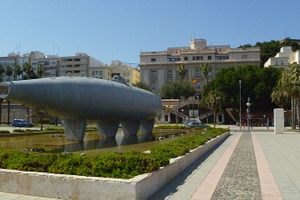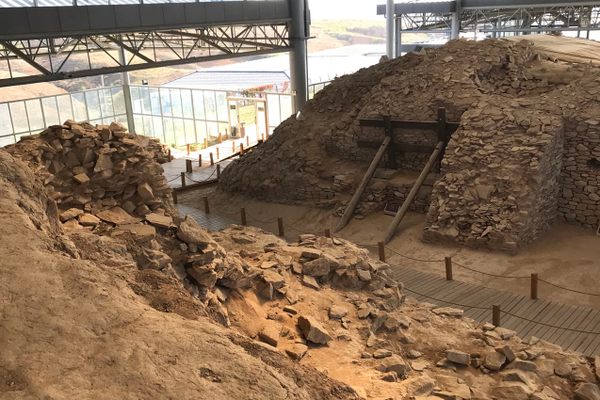About
The fascinating remains of this Roman theatre is quickly becoming one of the historic buildings that symbolise the ancient city of Cartegena.
The theater was built between 5 and 1 BCE, and for centuries was covered by a cathedral built over the upper part of the the theater's "cavea," or seating area. The first remains were discovered in 1988, and the theater underwent restoration, completed in 2003. Today the ancient arena still holds performances, and there is a museum at the site displaying the finds from a series of archaeological excavations.
Visiting the theater you can imagine what it would have been like in Roman times. The cavea sits above a series of vaulted galleries. The arena can seat some 6,000 spectators, and is divided horizontally in three parts, in order to be occupied by various social strata. The public would have entered from two side passages ("aditus") and the semicircular orchestra contains three rows of wooden seats which would be reserved for the authorities. To the rear of the stage were three semicircular plinths decorated by two rows of pink travertine columns, with marble bases and capitals marble.
Related Tags
Know Before You Go
The entrance to the museum is situated on Plaza del Ayuntamiento, in front of the City Hall. Visitors enter the theatre through the museum but it can also be viewed from above from small park near the top of Conception Hill which can be ascended by an elevator.
The theatre and museum are closed on Mondays but the park on top of the hill, where the theatre can be clearly seen, is open.
Published
December 14, 2016

























































